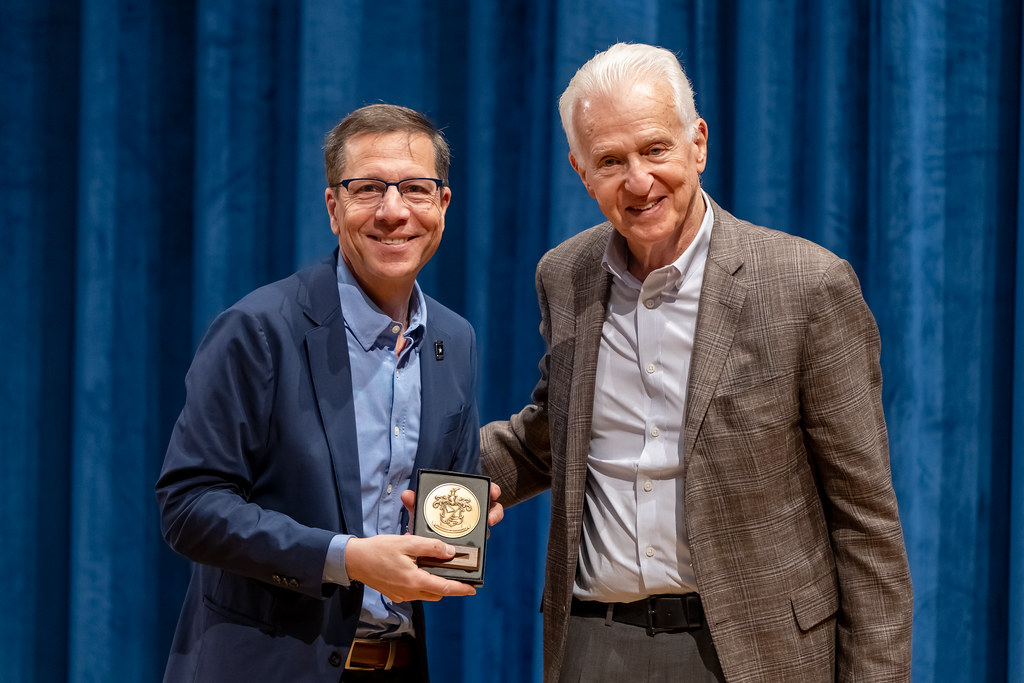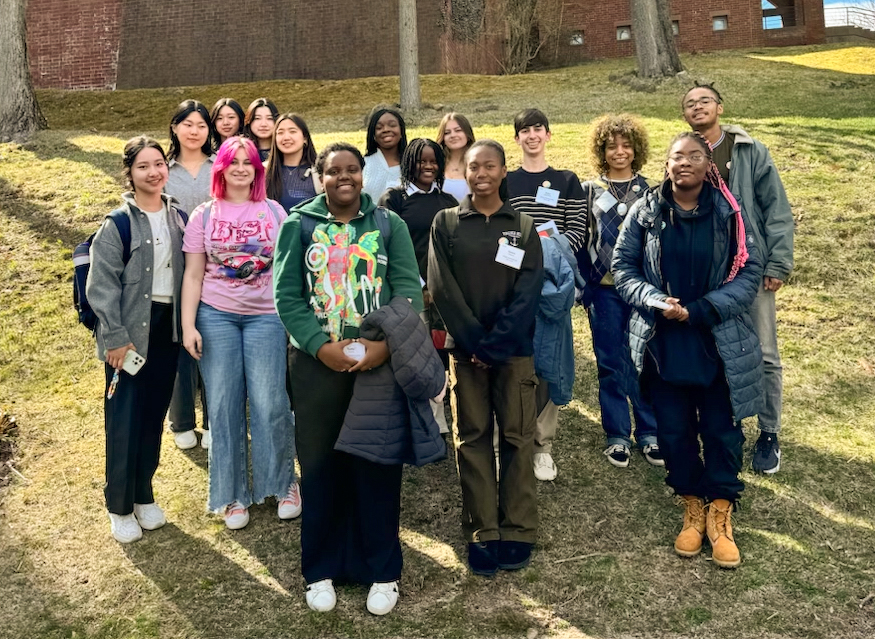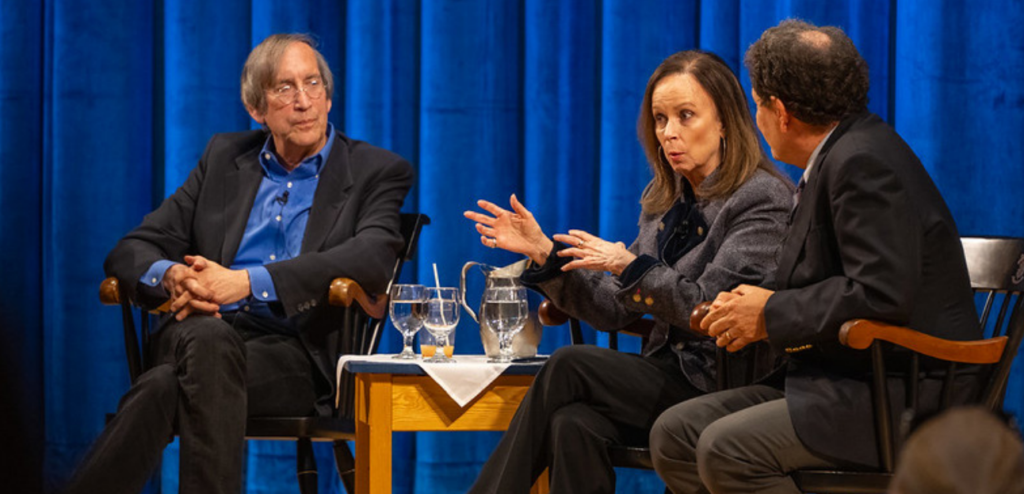Ever since the i.d. Lab opened last spring, students have used the space to do many things, including attending classes such as “Reverse Engineering: How Things Work”, designing robots, and making Halloween costumes.
Moreover, under the leadership of Mr. Travis Feldman, the i.d. Lab facilitator, the i.d. Lab has expanded its supply of materials. This action is a part of an effort to broaden the contraptions that students are able to create in the facility. Among other things, the i.d. Lab is now equipped with a sewing machine available to all students.
For those who have yet to explore this part of Lanphier Center, the i.d. Lab consists of three large classrooms, one smaller classroom with computers, and two workrooms. One of the rooms in the i.d. Lab has an electronic station in the back brimming with a myriad of materials: electricity-measuring devices, multimeters, and LEDs, to name a few.
Mr. Feldman hopes that more students will utilize the resources in the i.d. Lab. “Once you get started and have any curiosity or willingness to jump into it, there are millions of projects out there that you can go learn from.”
For those new to designing, programming, and building, students can use the Arduino board, a small programmable computer. Students can use these boards to build robots or other interactive devices. Mr. Feldman stated, “That it’s easy to do has caused people all over the world to start making projects with Arduinos.”
On the other hand, experienced students can use the more complex Raspberry Pi boards in the i.d. Lab. Raspberry Pi boards are more technical than Arduinos, but can allow students to do more.
The projects students do in the i.d. Lab don’t have to necessarily be STEM-related. In fact, with Halloween approaching, Mr. Feldman described the process by which students can incorporate electronic components into their costume. “Let’s say you want to make a Halloween costume that moves, like a Yoshi costume. You need a tail that’s bouncy and a mouth that moves. What you would do is look online and see if there are projects that have involved costumes with motors that move the mouth and the tail. You would base your project off of other projects that you find.”
Choate students have already started to utilize the i.d. Lab. Last year, Adham Meguid ’16 worked on a piano stairs project (an idea proposed by Danica Lee ’16) with the STEM club. According to Meguid, “The goal of the project is to trigger piano sounds and activate lights as people ascend or descend a staircase.” They created a prototype of the project that triggered LED lights up the staircase. However, due to its exposed wires, a potential safety hazard, they were not able to install it. Meguid and others in the STEM club are planning to redesign and recreate the staircase, so it can be mounted in the future.
Mr. Feldman’s overall goal is to “allow students to build and create their own electronic devices.”




